Orchid, growing in Vietnam, captivates with its beauty and originality. A worthy trophy for tourists. This miracle can be purchased at annual flower festivals or at the Flower Garden in Dalat, at Cho Dam market in Nha Trang. Orchids from Vietnam conquer with their femininity, rich color and incomparable elegant lines of a flower that breathes a delicate and pleasant aroma.
Content
Description
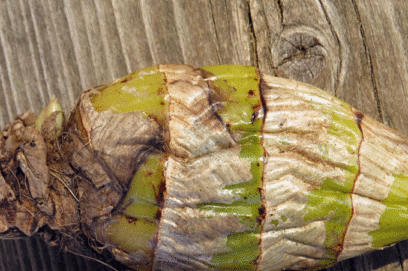
Orchid - asparagus plant, orchid family (lat. Orchidaceae). The name was given to the flower by the philosopher of ancient Greece Theophrastus in the form of a bulb, from the Greek "orhis" means "testicle". There are many up to 30 thousand species of this ancient family, which appeared in the Late Cretaceous era. Basically, these plants are perennial herbs, less commonly shrubs and lignified lianas.
The dimensions of Paphiopedilums depending on the species range from a few centimeters to several meters. The shape of the flower develops according to the following scheme: three sepals and three petals, one or two stamens, fused with a column of pestle, the stigma of which is inside under the anther, are alternately collected. The most suitable for growing indoors - epiphytic and epilithic.
These flowers grow two types: ground and air. Aerial sprout in the trunks of trees, gracefully flowing leaves and branches. Delicate and fragile like porcelain, they are strikingly different from bright juicy ground ones. Fleshy dense stems they grow into the soil or crevices of rocks containing an organic environment for nutrition.
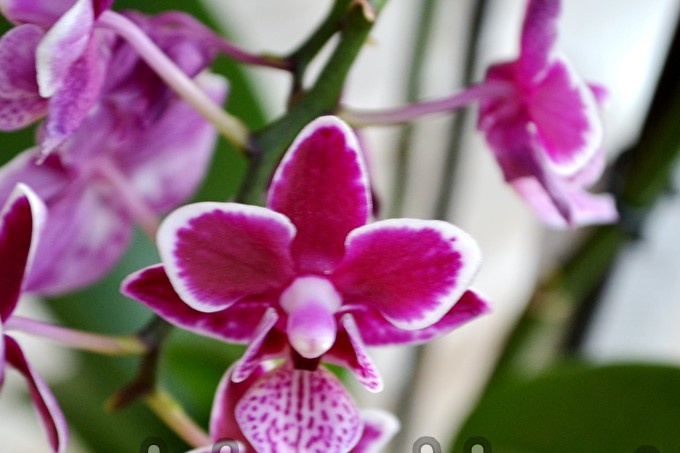 You may be interested in:
You may be interested in:Kinds
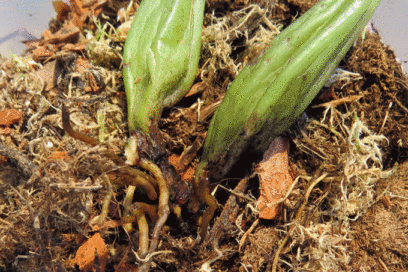
Among the variety, it is worth highlighting some varieties of Vietnamese beauties who are hardy to grow indoors. Their differences are in size, shape and color. Paphiopedilum, or Venus slipper, is very common among gardeners. Here are the types of Vietnamese orchids:
- Paphiopedilum beautiful or beautiful (Paphiopedilum venustum) - blooms by the end of winter with single flowers with a diameter of 15 cm with green veins and black "freckles".
- Paphiopedilum snow-white (Paphiopedilum niveum) - marble leaves and snow-white flowers with minor intersperses with a diameter of not more than 8 cm, propagated by tubers.
- Paphiopedilum coarse-haired (Paphiopedilum hirsutissimum) - blooms from autumn to spring, brown and chocolate shades prevail in the colors. Can be grown on the windowsill.
- Bearded Paphiopedilum (Paphiopedilum barbatum) - one of the artificial hybrids; blooms by spring with rich burgundy flowers diluted with white strokes.
- Paphiopedilum wonderful (Paphiopedilum insigne) - flowering captures the autumn and winter months, the petals of an inflorescence of a lemon hue with light green. Bulb culture, can be planted at home.
- Paphiopedilum apricot (Paphiopedilum armeniacum) - a miniature orchid (up to 12 cm) with dazzling yellow flowers.
- Paphiopedilum monochromatic (Paphiopedilum concolor) is another “freckled” look with creamy petals, less often - pale yellow.
You can plant an orchid from Vietnam by choosing from the varieties described above.
Window sill cultivation
An egg-like bulb is brought from an exotic country. With it, the painstaking cultivation of unearthly beauty begins. To properly plant a plant, it is better to start with the appearance of the bulb. It should be slightly greenish on a brown background, medium in size (since in large sizes the probability of dying increases at times) and with a small process, then the result will not be long in coming.
Choosing the soil for planting is very difficult, as ordinary land for planting bulbs will not work. You need to buy a substrate in the store for planting an orchid bulb from Vietnam, which includes:
- pine or spruce bark, cleared of resin residues - 1 part;
- charcoal - 1 part;
- peat - 1 part;
- dolomite flour - 0.5 part;
- perlite - 0.5 part.
Sphagnum moss, coconut, limestone or chalk (to increase calcium) can be added to the soil. Each hybrid has its own proportions of the components of the substrate. This allows each species to fully reveal its characteristics. The substrate for an orchid at home should meet some criteria - be light, moisture-resistant, breathable and loose.
Since it is quite difficult to create natural conditions that are as close as possible to the habitat in indoor conditions, delicate plants have to adapt. Florists can help adapt exotic lovers.
For greater ventilation of the root system, an additional number of drainage holes on the sides of the pot will not interfere. Orchid roots are involved in photosynthesis, so only a small part of the varieties can grow without consequences in an opaque flowerpot, while others require sunlight.
Types of pots to grow an orchid:
- Glass ones are good in that they give maximum light access to the roots, but the absence of holes is already a significant minus.
- Plastic, it is quite transparent and there is an opportunity to riddle such a pot, and the aesthetic side and instability can easily be fixed with a slightly large volume planter.
- In ceramic and clay vessels there is a danger of root growth to the surface, which is fraught with disease, death of the plant.
The right choice of soil and pot for such moody households is an important step on the road to success in growing healthy, beautiful Vietnamese orchids.
Having carefully selected the soil and the container for planting orchids, you can proceed to the next step:
- On the bottom of a transparent pot with drainage holes, first place small stones for stability.
- Close the second layer with expanded clay to a height of not more than 2 cm, it will serve as drainage.
- Fill the remaining void with soil.
- Soak everything abundantly with water.
Now you can start planting the bulb of the orchid - deepen it into the ground by about 1 cm, propping it with something for reliability so that it does not fall. Put the pot in a sunny place, leave it alone for several days. The Veneren Slipper will let its roots and first sprouts in about a month. And only after that the first watering is recommended.
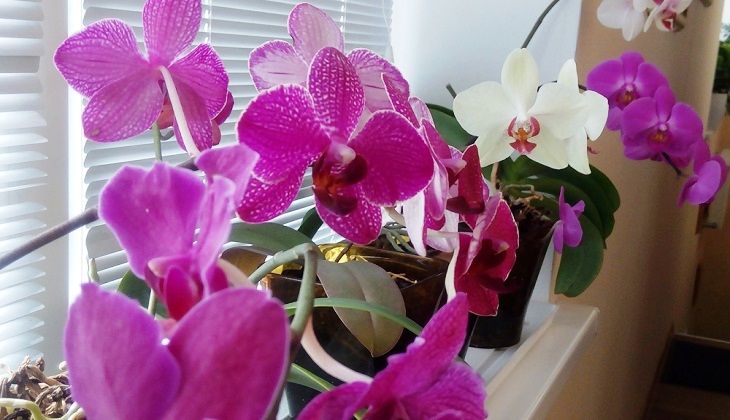 You may be interested in:
You may be interested in:Watering and temperature
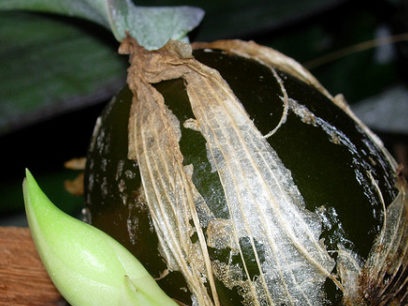
To properly care for the orchid, you should familiarize yourself with the requirements for watering.Under natural conditions, Paphiopedilums grow, attaching their roots to the trunk of the tree, so they take the amount of water sufficient for their life from the meager deposits of soil on this tree. Too much water is certain death for your ward.
It is better to water in the morning, avoiding moisture on the flowers, which can lead to wilting. During flowering, it is possible to immerse the pot with the plant in a volumetric basin with water, so the roots themselves absorb moisture. In the winter season, it is enough to water once every 10 days.
The temperature for the successful cultivation of Paphiopedilum should range from 18-25 degrees. Night should not be reduced by more than 5 degrees. With the arrival of warm May days, your offspring can be taken out for a walk for sunbathing. It is better to do this in the morning or evening hours, as the midday sun is dangerous for this delicate plant and can leave burns. In addition to everything, it should be fed with fertilizers every 15-30 days, except in winter, when the plant is at rest.
Transplant and disease
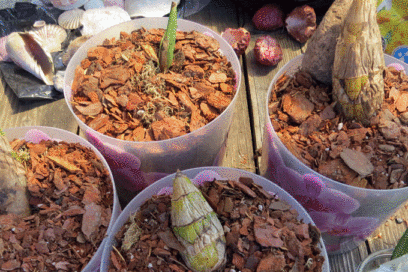
There comes a time when a hybrid needs a transplant. Here are some basic rules:
- Since the plant experiences extreme stress during this procedure, it is therefore not allowed to engage in transplanting during flowering.
- Most often they are transplanted at the end of February. The need for this arises after about 3 years, when the substrate begins to collapse or the planted flower becomes closely in the original pot.
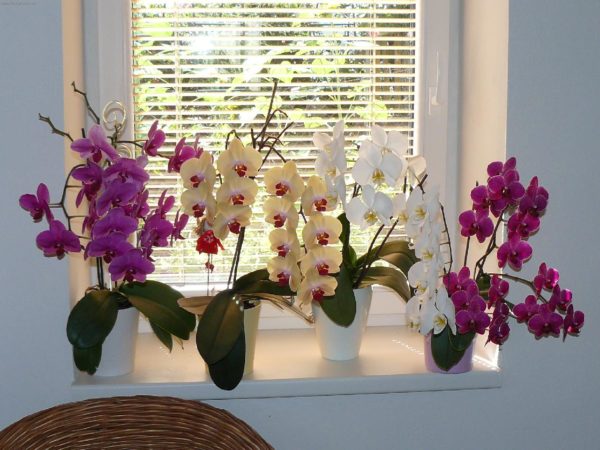 You may be interested in:
You may be interested in:Failure to comply with the rules during planting and care can lead to the disease of Paphiopedilum. For example, rotten or dried leaves covered with cobwebs are a sign of tick damage. If thermal conditions are not observed, longitudinal cracks or wilting may form on the leaves. Rotting of the roots contributes to excessive watering of the plant.
At the first sign, you should rinse the flower under a flowing shower, setting the temperature range of 50-60 degrees. If this was not enough, you can use special chemical compounds or make a plant transplant. In any case, the disease is easier to prevent than to cure.
Reviews
Reviews of people who encountered these colors:
Natalia, 42 years old.
The bright colors of its petals delight the eye. Even the most bizarre bouquets fade next to these amazing creatures in pots. Complicated inflorescence will not leave anyone indifferent. Despite the capriciousness of this species, you should not refuse to purchase at least one bulb. Over time, such a purchase will meet all your expectations.
Olga, 36 years old.
Orchid is a worthy and appropriate gift for all occasions. Whether it's a birthday, a wedding anniversary, or a present to a work colleague. By its effectiveness this flower will amaze anyone. He possesses the energy of inspiration, exposes the hidden resources of man, giving rise to new ideas in him and pushing for decisive action. Orchid is a symbol of happiness, and it does not require much - just the right care for it.
Semen, 28 years old.
This fascinating process of growing exotic crops is addictive. It all starts with one onion brought from Vietnam. Of course, even experienced flower growers fail, and some beauties die for various reasons.But if you build an algorithm of care actions: scattered light, avoid drafts and overheating, do not overdry and do not flood the roots of the flowers, transplant them on time and correctly, do not water them with cold chlorinated water, then success will be achieved, and the work will be justified.
Growing orchids as a risk. But this risk is justified, the main thing is to plant the orchid bulb correctly. Using a minimum of care for this sensitive, but truly chic flower, you can get the maximum result of your work - Venus shoe will reveal in all its diversity and color.

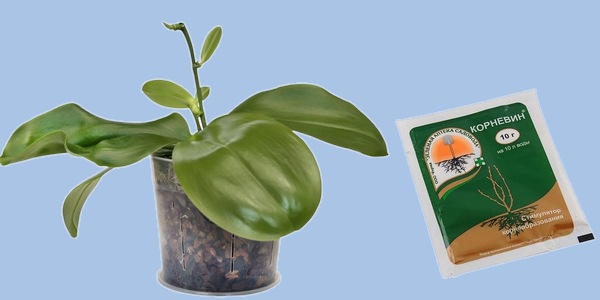
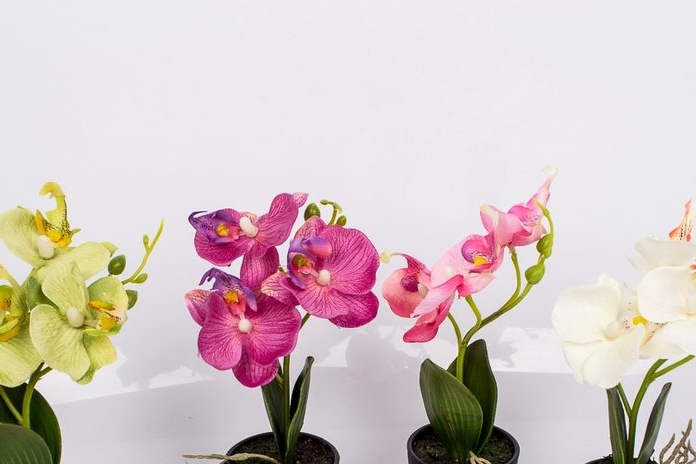
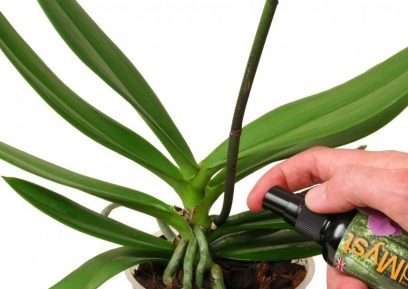
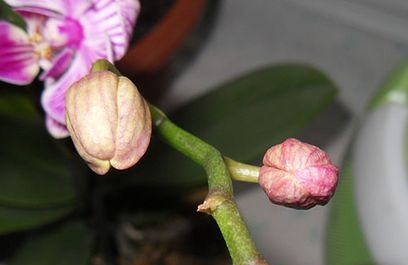 Reasons why orchids fall flowers and what to do
Reasons why orchids fall flowers and what to do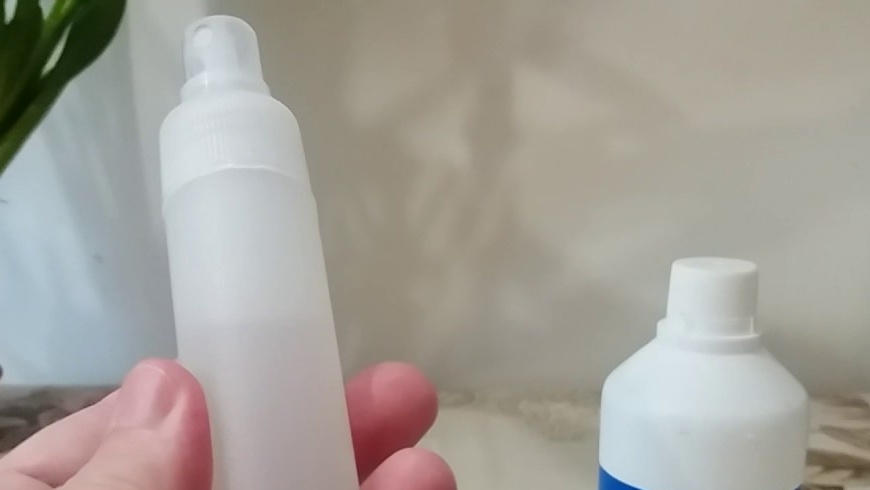 How to use hydrogen peroxide for orchids and why
How to use hydrogen peroxide for orchids and why Midges are wound up in the orchid: effective ways to get rid
Midges are wound up in the orchid: effective ways to get rid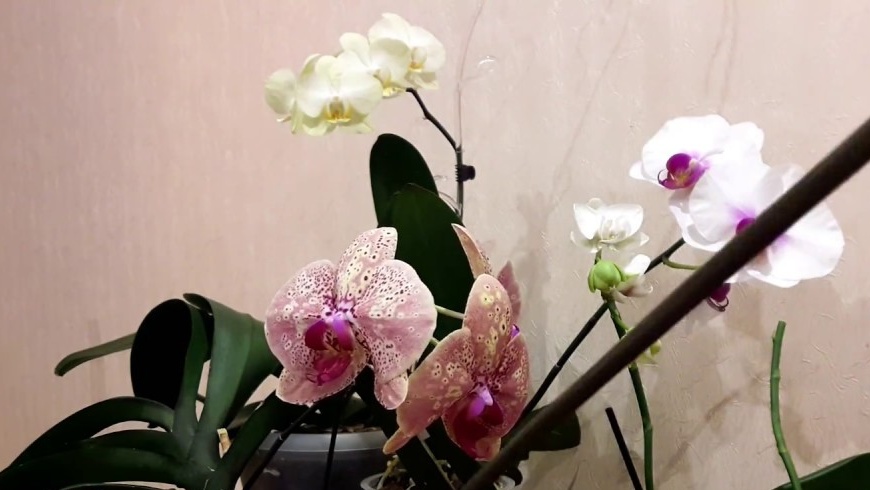 Is it possible to transplant an orchid during flowering
Is it possible to transplant an orchid during flowering